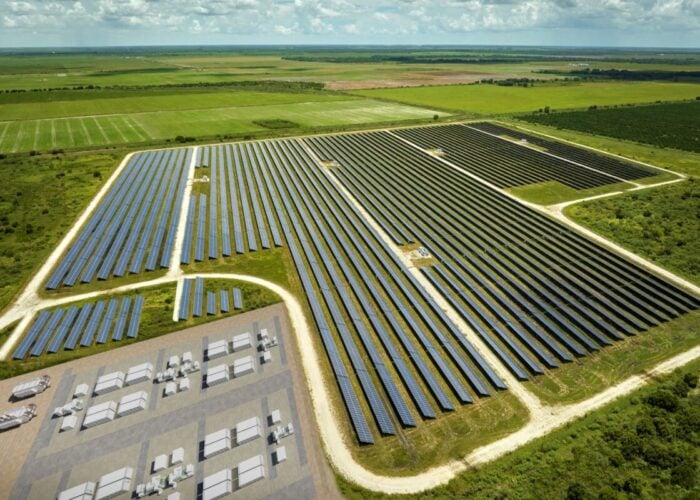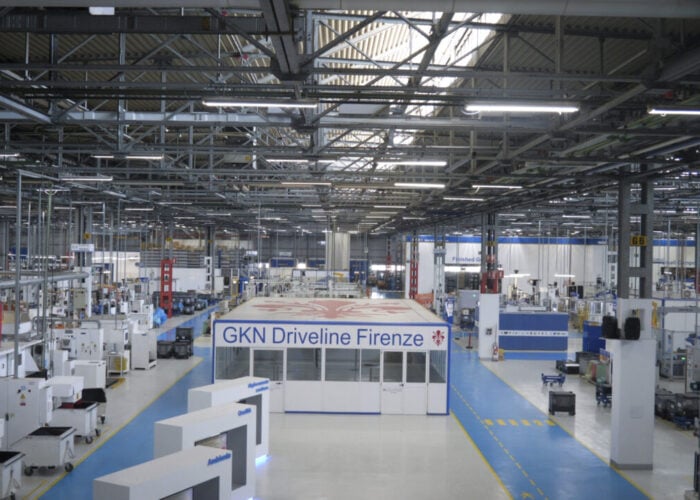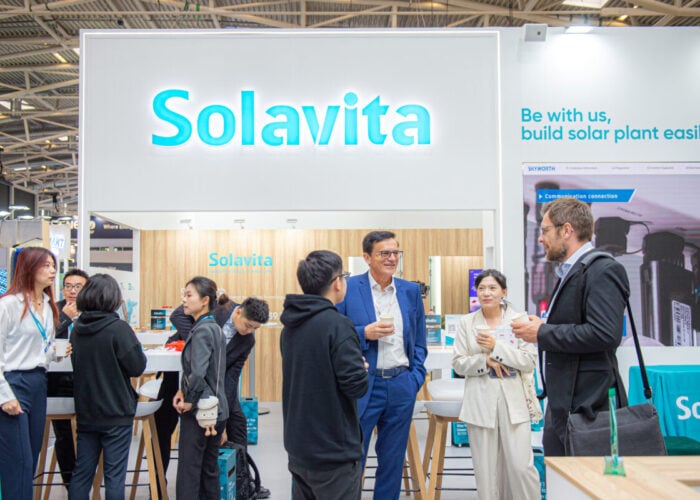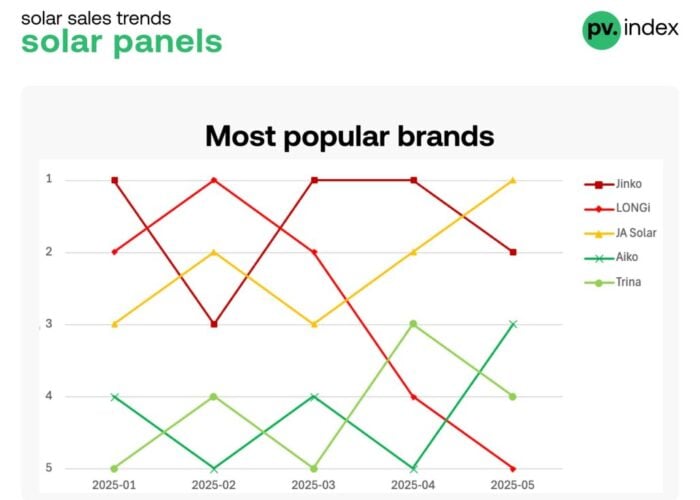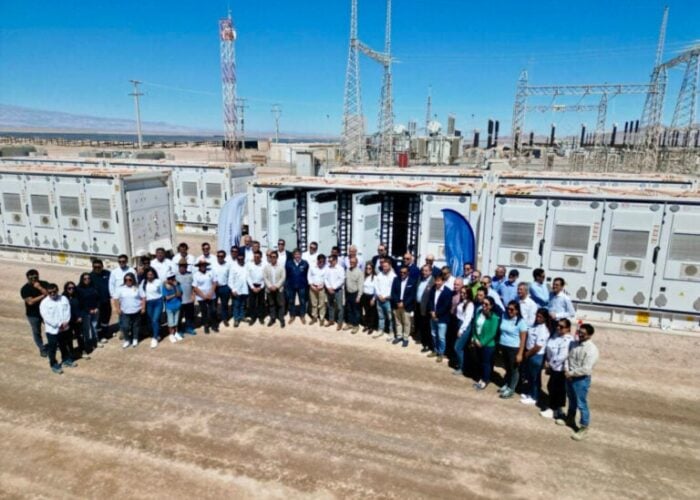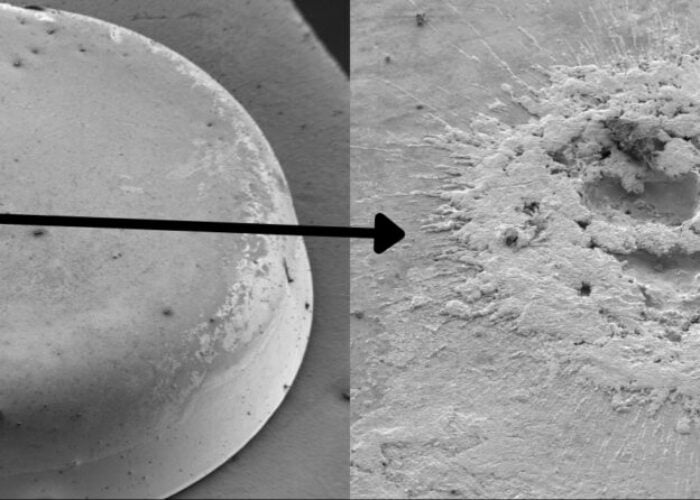
Residential solar and storage markets are being driven forward by a convergence of factors including spiralling energy prices, concerns over energy security and a desire from consumers to be more environmentally friendly.
But as rooftop solar soars in popularity, the demands of modern consumers are changing the way installations are designed, with electric vehicle chargepoints and other connected technologies contributing to the way home energy management systems are perceived.
Unlock unlimited access for 12 whole months of distinctive global analysis
Photovoltaics International is now included.
- Regular insight and analysis of the industry’s biggest developments
- In-depth interviews with the industry’s leading figures
- Unlimited digital access to the PV Tech Power journal catalogue
- Unlimited digital access to the Photovoltaics International journal catalogue
- Access to more than 1,000 technical papers
- Discounts on Solar Media’s portfolio of events, in-person and virtual
PV Tech spoke to Lisa Zhang, vice president of marketing at inverter supplier Growatt, to discuss how the manufacturer has adapted its product suite to this shifting market dynamic.
PV Tech: What are the key features for modern inverters for residential solar markets globally, and how might those drivers be different from country to country?
Lisa Zhang: Modern residential inverters are different from those a decade ago. If you’re a veteran installer, you can recall back in those days residential inverters were of industrial design, heavy and clumsy. Comparably, modern residential inverters have sleek and compact designs and are much easier to install. Growatt’s MIN 2500-6000TL-X/XH Series residential inverter is a good exemplar.
In addition, you can find the MIN inverter features reliability, intelligence and safety, which is essential to modern inverters as households, especially those in Europe and America, are looking for a smart and comfortable lifestyle with advanced solar PV solutions.
For emerging residential solar markets, the focus of its customers differ a bit as they are inclining toward economical inverters. But as it develops, we believe customers will increasingly go for top brands that offer reliable, advanced and intelligent PV solutions.
What are today’s key drivers for home solar and energy storage in those core markets of Europe, the US and Australia
The growing demand for home solar/energy storage in these core markets is driven by an increasing demand for sustainable energy and incentive policies to encourage clean energy adoptions, such as the federal Investment Tax Credit in the US, as these countries pledge net zero emissions to fight climate change accompanied by rapid increase in global electricity consumption. In addition, declining cost of solar PV and energy storage and the increase in the price of traditional energy sources, as well as increasing awareness among individuals and businesses of responsibilities and actions needed to address climate change for future generations
How are inverters evolving alongside other home energy trends, such as the addition of EV charging and energy storage?
The global energy market is entering a new stage of smart energy, with a surging demand for intelligent, powerful inverters and smart energy solutions that optimises the processes of power generation, storage and consumption, in pursuit of lower cost, lower emission, and more convenient user experience.
The inverter is at the core of such tech trends to integrate various energy technologies, such as distributed power generation, energy storage, electric vehicles and other smart electric equipment, and facilitate the efficient interaction between these technologies. For example, an inverter solution geared towards smart energy management, combining solar PV, energy storage and EV chargers, can optimise energy usage by charging electric vehicles and storing the surplus power during the day and releasing the stored energy in the evening.
In addition, it can connect distributed energy users into an integrated energy network for improved efficiency. For example, in the virtual power plant (“VPP”) model, many distributed energy users such as households and C&I businesses are virtually aggregated through digital networks and provide electrical services as a whole, just like a centralised power plant.
In summary, smart and integrated are the keywords for home energy.
What are the key features of GroHome and what considerations have gone into the platform’s design?
At Growatt, we have developed GroHome, the smart home energy management solution, that connects all our products into an intelligent system for end users to enjoy a sustainable lifestyle.
The GroHome system integrates PV inverters, battery packs, EV charging devices, water heater controllers and other IoT devices. GroHome is automatically activated when detecting surplus solar power and stores the surplus power in the battery pack, EV or hot water tank, hence increasing energy savings and lowering electricity cost for homeowners by increasing solar energy self-consumption. By automatically generating more demand for solar power at home through charging batteries, EVs and other home appliances, GroHome increases energy savings and lowers energy costs for home owners.
GroHome uses cloud computing technology, which is based on big data and AI technology developed by our technology team, to achieve the connection and smart control of a large number of devices. GroHome also uses data analysis to predict power generation and consumption and design a smart power consumption schedule.
How is Growatt incorporating other household appliances into that energy ecosystem?
Growatt provides the one-stop smart home energy management solution. We enable end users to monitor and control their home appliances via our ShinePhone app. The ShinePhone app features functions like appliance activity scheduling, voice control and multi-zone settings at home.
We also design and manufacture a suite of IoT devices, all connected to our ShinePhone application, that can also be linked to Google and Amazon voice assistants. End users can access and control our IoT devices such as GroPanel and the GroPlug via the ShinePhone app. Aided by our inverter monitors, end users can use the GroPanel to manage home energy consumption in multiple zones and control home appliances, therefore enabling smart energy management at home.

